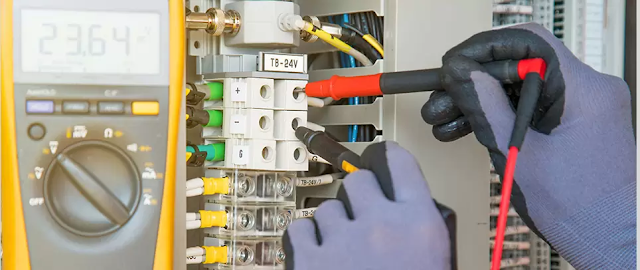How To Select The Right VFD Drive For Your Motor And Application?

Motor drives help to increase the productivity of your equipment by increasing torque and reducing motor speed. However, it’s important that you pick the right and Perfect VFD Drives for your application and motor power factor (PF). This will ensure that your motors are protected from overloading conditions and the efficiency of your system is at its peak. Proper motor selection Motor power factor is the ratio of real power to apparent power. It is usually expressed as a percentage, and it can be calculated by dividing the actual current in amperes by the nameplate current in amps. The best motor power factor to use depends on your application. In general, you should select a VFD drive with a motor's rated voltage and frequency (60Hz), horsepower rating, frame size (if applicable), type of enclosure (open or enclosed), shaft diameter and length, mounting style (footless vs pedestal mount), speed range required for your application along with any additional features needed s...